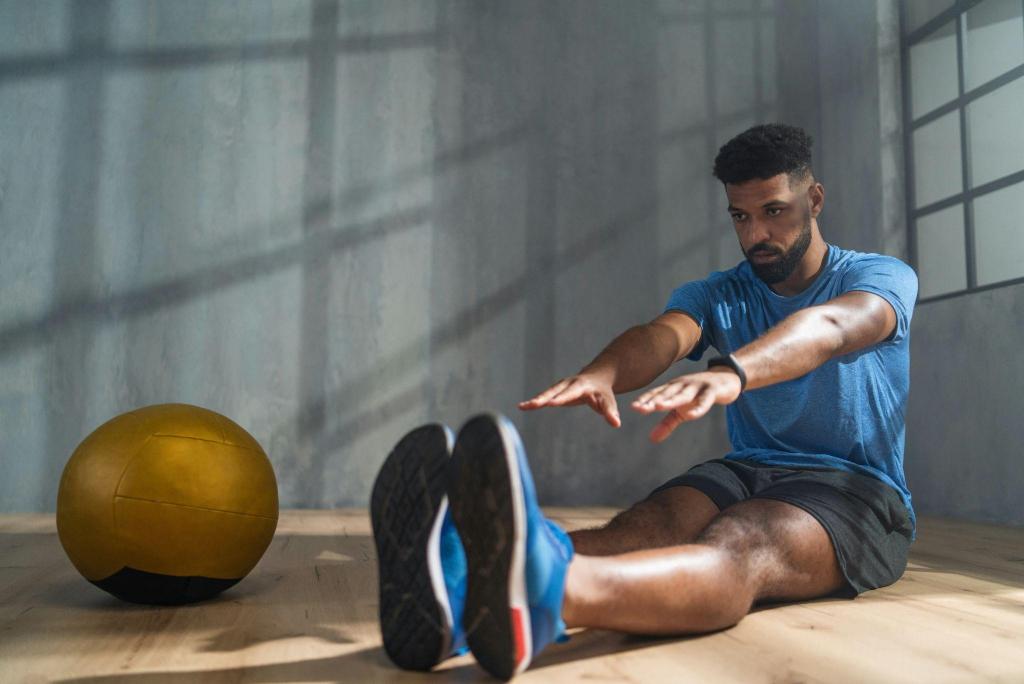In the high-intensity world of college sports, performance isn't only defined by how athletes train—it's equally shaped by how they recover. With packed schedules, competitive stress, and physical strain, recovery techniques are critical in keeping student-athletes healthy, resilient, and game-ready.
Today’s athletic programs are investing more in science-backed recovery tools that go far beyond ice baths and static stretching. From high-tech wearable trackers to structured sleep plans, recovery has become a serious part of athletic success.
Just as recovery tools are essential for athletes to perform at their best, medical devices like a humidifier for oxygen machine play a crucial role in maintaining comfort and care for individuals with respiratory needs. Whether in athletics or healthcare, optimizing the body’s ability to recharge is key to overall well-being.
The Nutrition Component: Fueling Recovery and Reducing Downtime

While devices, routines, and therapy all matter, no recovery plan is complete without addressing nutrition. The body requires specific nutrients to rebuild muscle, regulate inflammation, and restore energy levels. This is especially true for athletes whose bodies are in a near-constant cycle of breakdown and repair.
One increasingly recognized component of recovery nutrition is supplementation. Products like bariatric vitamins capsules can support the body's repair processes by delivering a well-rounded mix of essential vitamins and minerals. These capsules are particularly beneficial for athletes who have unique dietary needs or are recovering from illness, injury, or surgery—times when nutritional absorption might be impaired.
Beyond supplements, recovery-focused eating includes:
- High-quality protein for muscle synthesis.
- Complex carbohydrates to replenish glycogen stores.
- Anti-inflammatory foods like leafy greens and omega-3-rich fish.
- Hydration, which aids in nutrient delivery and waste removal.
According to the Centers for Disease Control and Prevention, young adults often fall short of daily nutrition requirements, which can hinder recovery and long-term athletic development. Incorporating purposeful eating habits and supplementation into an athlete’s daily routine can dramatically improve how quickly they bounce back from training and competition.
Active Recovery and Mobility Work

Gone are the days when rest meant complete inactivity. Today’s sports scientists advocate for active recovery, which involves light movement such as walking, swimming, or cycling at low intensity to promote blood flow and muscle repair.
Foam rolling, dynamic stretching, and mobility drills are often included in post-game routines. These methods reduce delayed-onset muscle soreness (DOMS) and maintain joint flexibility, which is crucial during long seasons. Yoga and Pilates are also gaining popularity among student-athletes as they promote controlled breathing, core strength, and balance.
Many teams now use heart rate variability (HRV) data to determine recovery needs and adjust workloads accordingly. This not only prevents overtraining but can also signal when an athlete might be at risk of injury.
Cold Therapy, Compression, and Sleep Optimization
Compression garments, ice baths, and cryotherapy remain staples in the recovery room. These methods help reduce inflammation and muscle fatigue, which is especially important during tournaments or back-to-back games.
Equally critical—but often underestimated—is sleep. Recovery is most effective when the body is fully rested. Collegiate athletes are encouraged to get at least 8 hours of quality sleep, and some programs are now using sleep tracking devices to monitor rest patterns. Strategic napping is also used to supplement sleep debt, particularly during travel-heavy seasons.
Sleep affects everything from hormone regulation and mood to reaction time and cognitive function—traits that can make or break an athlete’s performance.
Holistic Recovery: Addressing Mental and Emotional Well-Being
Recovery isn’t just physical—it’s also mental. College athletes face intense pressure to perform academically and athletically. Mental fatigue can manifest physically, increasing injury risk and reducing performance output.
Mindfulness, breathing exercises, and counseling services are now integral to many athletic programs. Some schools have even created "recovery rooms" with massage chairs, meditation stations, and mood lighting to give athletes a safe space to recharge emotionally.
Supporting the full spectrum of recovery—body and mind—is the new standard in college athletics.
In the competitive environment of college sports, recovery is no longer optional—it’s a performance multiplier. Athletes who prioritize smart, science-backed recovery methods gain an edge in endurance, focus, and longevity. From nutrition and sleep to mental health and mobility, the recovery game is evolving—and those who embrace it will stay at the top of theirs.

